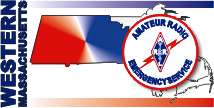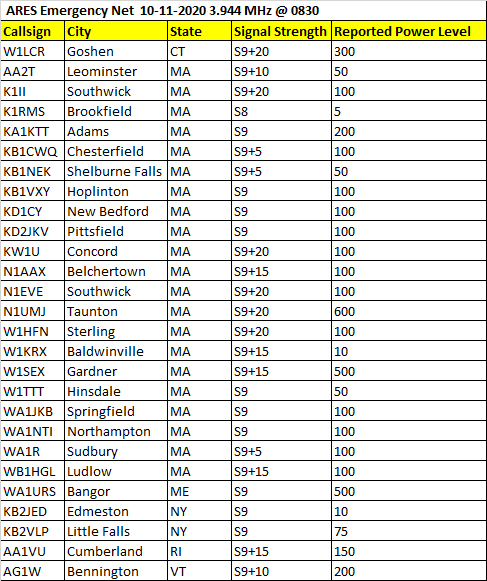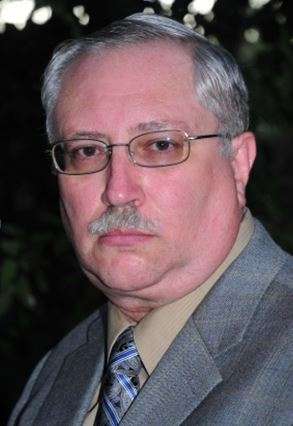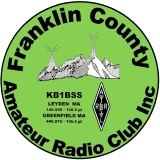The Western MA Emergency Net will operate tomorrow as a part of the SKYWARN operations form Winter Storm Izzy. This storm system we have coming up is a quick hitting but potent storm system for our area.
For portions of western and northwest Massachusetts, we will see the snow heavy at times with the potential of 5-9″ before a change over to sleet/freezing rain and possibly rain. Wind gusts of 40 MPH coupled with the snow and ice may bring some pockets of tree and wire damage. In Eastern Massachusetts, we are preparing for the potential of damaging winds and heavy rainfall with coastal flooding at the coast. Wind gusts of up to 65 MPH are likely especially in heavy rainfall that can bring the wind down to the surface.
A good chunk of the snowfall will occur overnight and then for a few hours in the early to mid-morning. Snowfall reports would be helpful particularly in locations in northern Worcester and Middlesex counties through Franklin, western Hampshire and western Hampden counties as well as changeover of precipitation type and any storm damage. Higher elevations may see the heaviest snowfall from this event.
In response, above and beyond the normal 2M VHF SKYWARN nets which will run at the top of each hour tomorrow morning, the Western MA Emergency Net will start at 6:30 AM with hourly call ups on the bottom of the hour thereafter until its no longer needed (likely 12:30).
All SKYWARN participants are welcome to check in to either the VHF nets or WMEN on or around 3944 kHz LSB with weather reports that meet reporting criteria. For this particular storm, WX1BOX is particularly interested in the following information on each call up:
- Measured snowfall
- Measured ice accretion (if any)
- Current precipitation
- Current temperature (if available)
- Precipitation changeover time (if changes occured since last report)
- Measured wind gusts of 40 MPH or greater
- Any storm damage (wind or combo of snow/ice/wind)
The latest SKYWARN storm response messages can be seen on wx1box.org. Applicable reporting criteria can also be reviews on wx1box.org.





